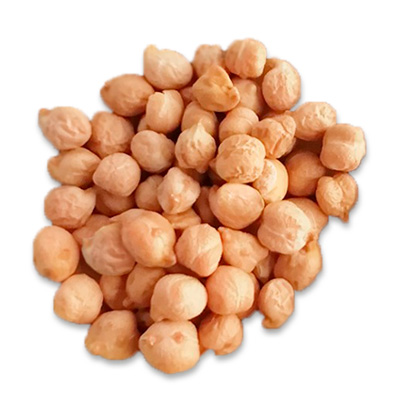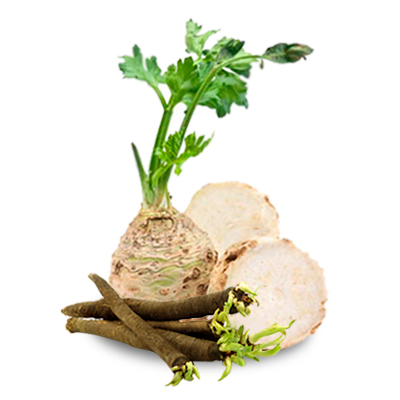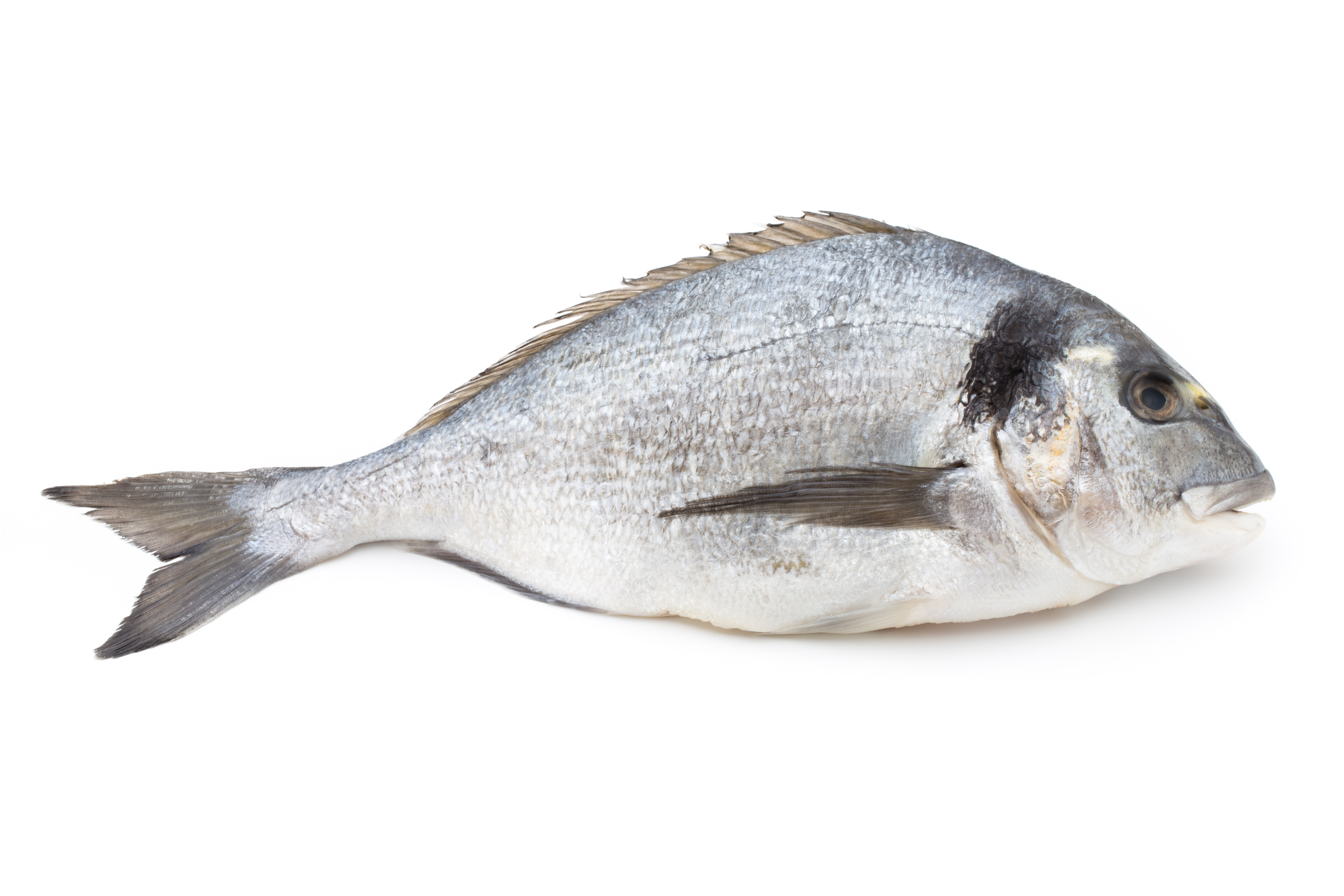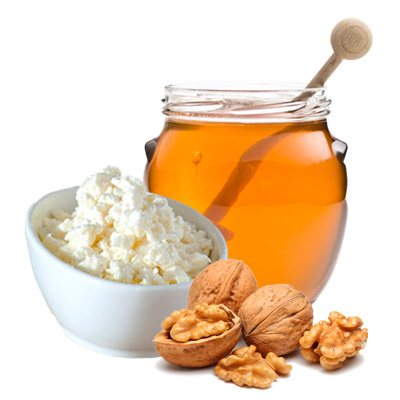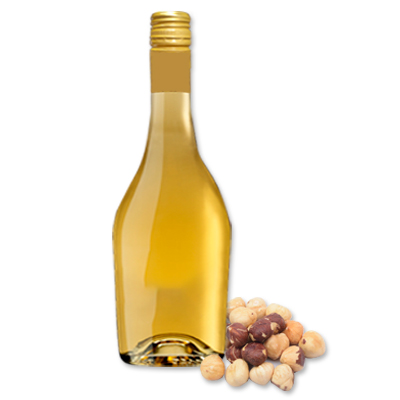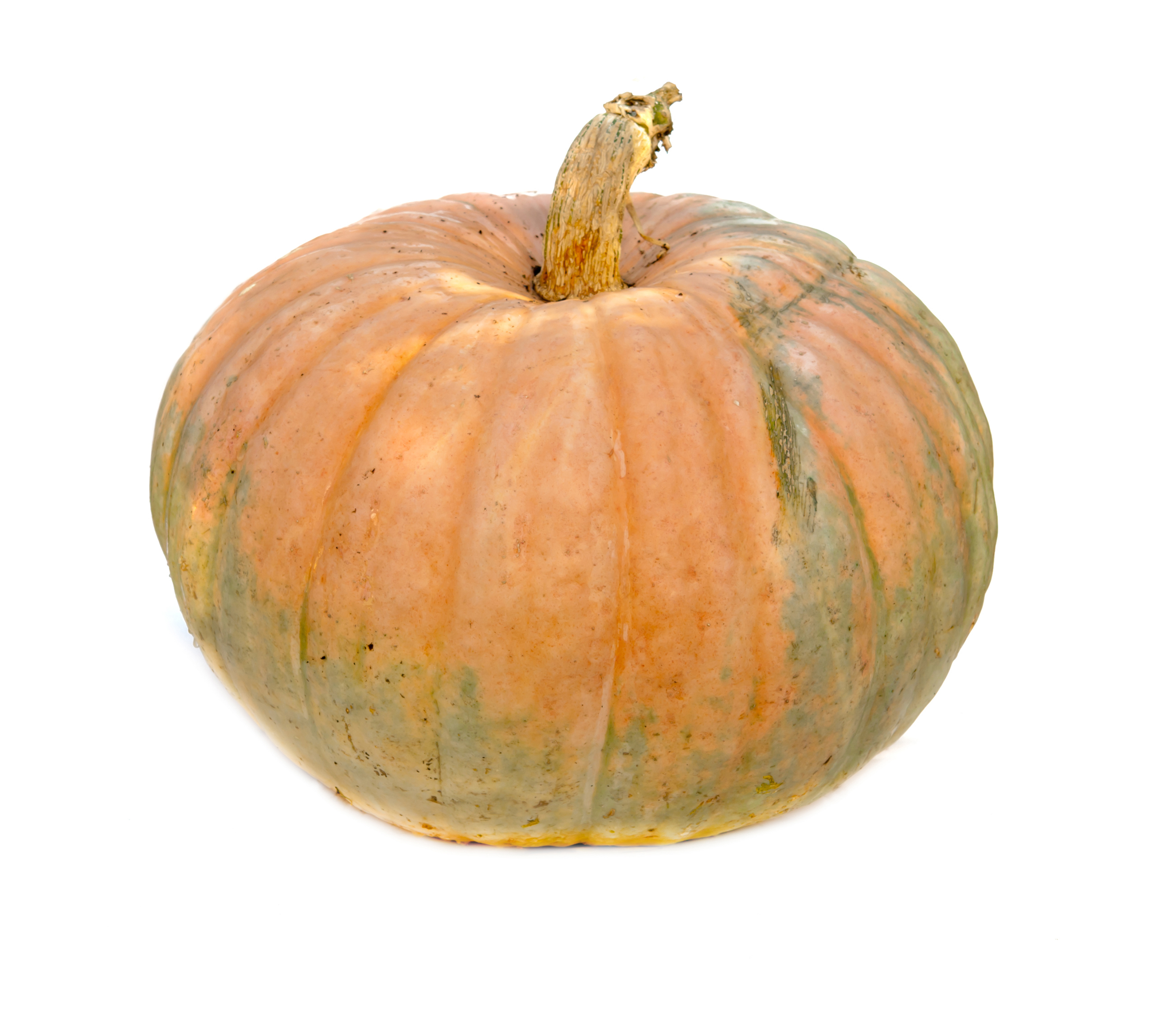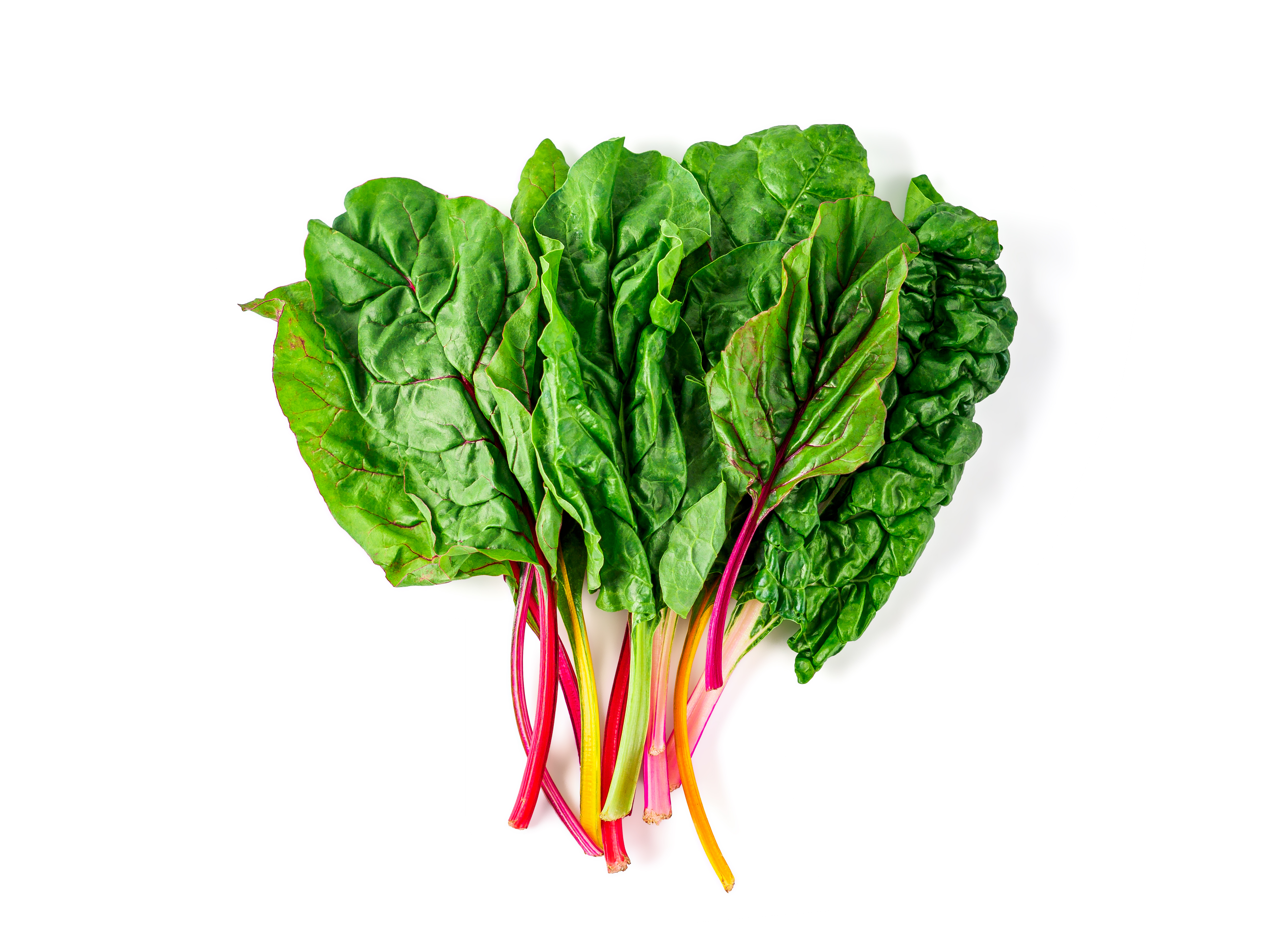Artichokes
Artichokes are one of the most commonly cultivated vegetables in Catalonia. The plants produce flowers in winter, and the artichoke is a member of the Compositae family, like capers and endives, which means that it has a slightly bitter taste.
The mild climate, the salinity of the soil, and the winds that sweep down from the mountains of Montserrat combine with the gentle sea breezes to make artichokes from the Prat area the star among the crops grown in the Parc Agrari del Baix Llobregat, with a set of unique characteristics and a distinctive flavour that make for a top-quality product. At the moment, there are more than 500 hectares planted with artichokes in the Baix Llobregat area.
The scientific name Cynara ve perhaps has its origins in a Greek legend: on the island of Kynaros there once lived an extremely beautiful girl called Cyanara, who Zeus fell madly in love with. But things didn’t go too well, and in his fury he turned her into an artichoke.
It is said that the Swedish naturalist Carl Nilsson Linnæus was inspired by this legend to give the name Cynara to the asteraceae plants of the genus to which the artichoke (Cynara scolymus) belongs, together with the thistle (Cynara cardunculus) and others. The most commonly grown variety, both in the Ebro Delta and in the rest of Spain, is Blanca de Tudela.
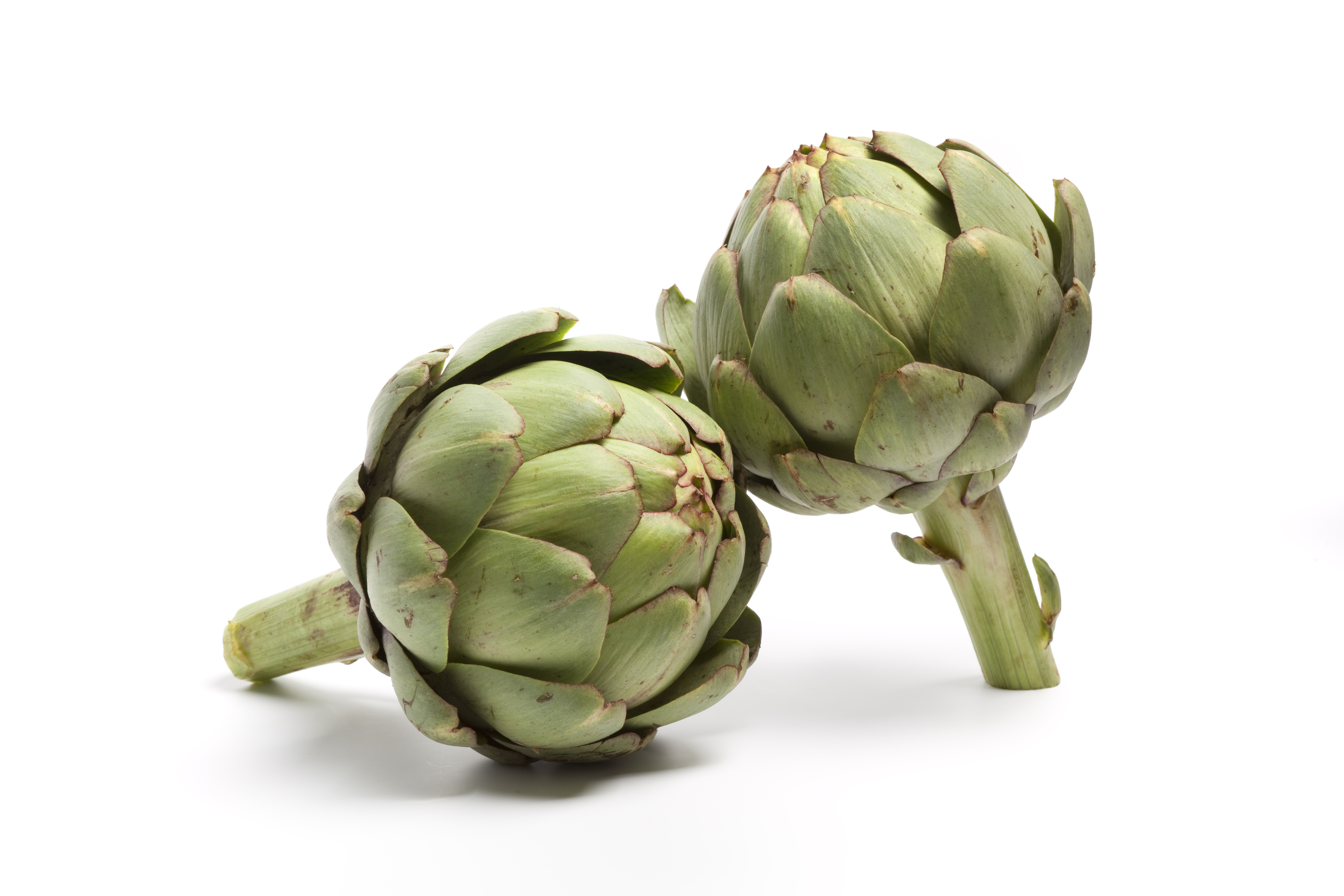
-
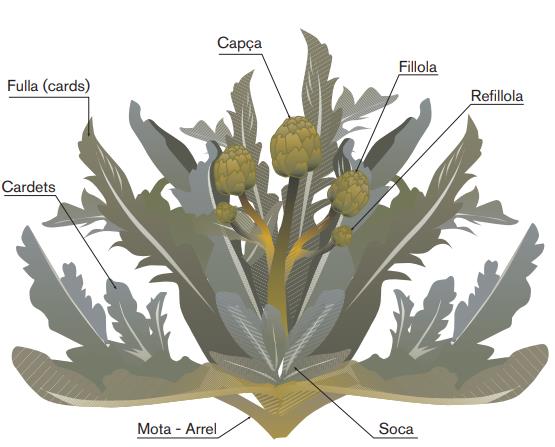
-
The best time is from November to March when it’s cold, as this is when they are at their sweetest and most tender.
As is the case with all vegetables, local is always better, as is organically grown and recently harvested, because artichokes are 90% water. That way they’ll be tastier and more nutritious.
-
When shopping for artichokes, check that they’re fresh. They should feel compact, and when shaken should scatter a few drops of water (from irrigation). A firm, dark green stem is also a sign of freshness.
The leaves can freeze slightly at low temperatures, and this is why when there’s a frost they may have a few black spots, but as long as the cold doesn’t reach the heart, these are purely cosmetic.
-
It’s always best to use paper or an open bag to protect them from direct cold, and store them in the crisper drawer.
-
This is a vegetable with great nutritional value. It has depurative properties, and is rich in carbohydrates in the form of inulin and fibre, and it’s also one of those with the highest magnesium, phosphorous and calcium content. Furthermore, the artichokes from the Llobregat Delta are also packed with phenols and polyphenols.
-
Gastronomically, the variety grown here has a PGI (Protected Geographical Identification). These stand out in terms of taste, as they have a strong flavour.
In culinary terms they’re extremely versatile; artichokes can be used to make an apéritif (such as Cynar) to whet the appetite, in fusions, barbecued, baked, sliced and fried as crisps, puréed, stuffed, sautéed or used in sauces and omelettes.
But do remember that artichokes discolour quickly, so it’s a good idea to submerge them in water with a squeeze of lemon juice or some parsley.
Thirteen ways of cooking artichokes:
- Roasted or barbecued: They can be cooked whole, minus the stalks. There’s very little preparation involved, and they are easy to cook in many different ways. You could simply add a good glug of quality olive oil, salt and pepper, and perhaps some finely chopped ham, bacon, sobrassada, botifarra (these are both types of Catalan pork sausage) or aromatic herbs. So there are lots of options, and they’re easy to adapt to all tastes.
- Infusions: Immerse the artichoke leaves in hot (but not boiling) water, and infuse for around 6 minutes. Add cloves, cinnamon, star anise and ginger.
- Boiled: Boiled, and that’s it - simple and easy!
- Confit: Served whole, minus the stalks. Place close together in a saucepan, add olive oil, ensuring that they’re well-covered, together with salt, pepper, lemon zest and a sprig of thyme. Cook gently over a very low heat for 2 hours or until tender, keeping the temperature at a maximum of 75º C. Drain the artichokes, and serve either warm or cold, with a mayonnaise made with arbequina olive oil, a touch of mustard, citrus and thyme. The leaves will open like a flower.
- Preserved: So that they can be enjoyed all year round.
- As carpaccio, or in a salad: They’re very good raw, served with a honey, oil and wholegrain mustard vinaigrette. You could also combine them with pomegranate seeds, cured duck, foie gras, or bacon.
- Pickled: Together with other vegetables and legumes.
- Artichoke crisps: These are made with the hearts, very thinly sliced and fried in olive oil. Add a pinch of salt just before serving, to stop them from going soft.
- In a soup, purée or sauce: Blend well in a food processor, and pass through a sieve if necessary. They’re really good with some onion confit and a little chicken stock. Serve with foie gras, botifarra (a type of Catalan pork sausage), egg, or wild mushrooms.
- In an omelette, or mixed with other vegetables: This is a classic: first of all, clean the hearts and sauté in olive oil before making the omelette. Try adding some onion, parsley and pepper.
- In a paella: As part of a fish or meat paella, artichokes can enhance flavour and add texture.
- Stuffed: First blanch for 7-10 minutes in water, and in the meantime fry tomatoes, onions and garlic, before adding raw botifarra (a type of Catalan pork sausage). Stuff the artichokes with the botifarra mixture, coat with flour, egg and breadcrumbs, and fry in olive oil.
- Sautéed: Try sautéing with squid, wild mushrooms, botifarra (a type of Catalan pork sausage) or eggs.
-
The artichoke is a much valued edible flower bud, but only a small part of it tends to be used (the heart). Very often the stem is thrown away, but it’s equally good: peel it, leave it attached to the artichoke and cook the whole thing - boil, fry or add to a stew. If the artichokes are really fresh, you can use the outer leaves and stems to make a delicious soup by adding them to what’s left over after preparing other vegetables (onions, celery, carrots or parsley): sauté in oil for 5 minutes, then add the artichoke leaves and stalks, diced potatoes and two thirds of the stock. Simmer for 15-20 minutes, whizz in a blender, and strain to remove the tough fibres. Add more stock if you need to.
Late season artichokes have more of those fibres that resemble hair inside them, but these can be removed, and when carefully peeled the hearts are just as good. If your artichokes are getting old and aren’t looking so good, or you simply have too many of them, why not make a pâté? It’s a good way to avoid waste, and it can be frozen too.
The water used to boil artichokes is excellent for using in a rice or noodle dish, or as a broth. Or you could boil the leaves to make artichoke water for use in cooking, or to be drunk as an infusion (a traditional remedy for lowering cholesterol).



